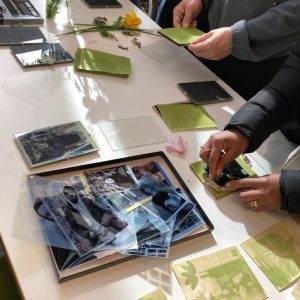
Sustaining Photography Blog – How to Make Anthotypes at Home
Step by step instructions on how to make you're on plant-based sun prints from the Sustaining Photography team, Gwen Riley Jones and Lizzie King.

Step by step instructions on how to make you're on plant-based sun prints from the Sustaining Photography team, Gwen Riley Jones and Lizzie King.
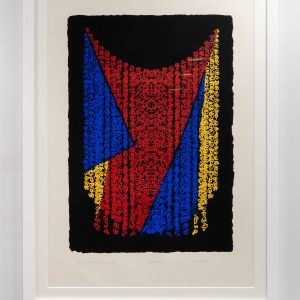
Recent acquisition 'The Sisyphus Suite' by Cecile Elstein is now on display in the Clifford Whitworth Library Exhibition Space.
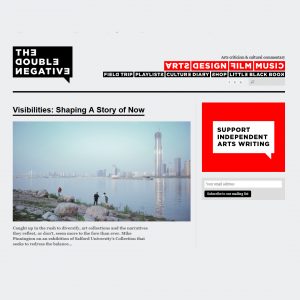
"Visibilities manifests as a focused, thoughtful display that brings works together to address diversity, both in regional communities, and globally." Mike Pinnington, The Double Negative
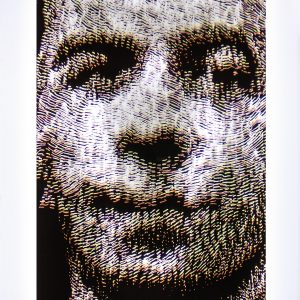
Art Collection Team Assistant Rowan, who curated Visibilities, our current exhibition at the New Adelphi, dives deeper into one of the artworks on display for August's Artwork of the Month.

Every year the Collection runs a number of Live Briefs for our students to work with - and respond to - the Collection in different ways. This month on our blog we feature new work by MA Contemporary Fine Art student Ann Olih,
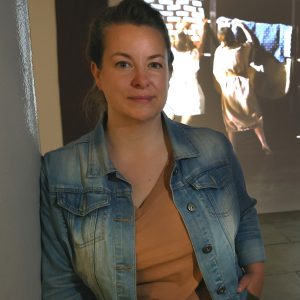
The University of Salford Art Collection is delighted to announce Emily Speed as the second artist-in-residence with Energy House 2.0, in partnership with Castlefield Gallery.
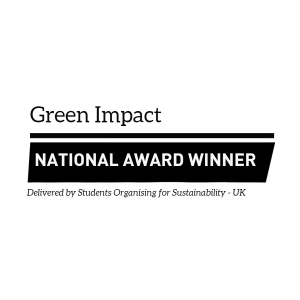
The Team has been awarded two Green Impact National Awards: Innovation for Engagement and Sustainability Hero, for their continuing commitment to sustainability action and engagement.

Launching Hybrid Futures, a multi-part collaboration focusing on climate, sustainability, collaborative learning and co-production.
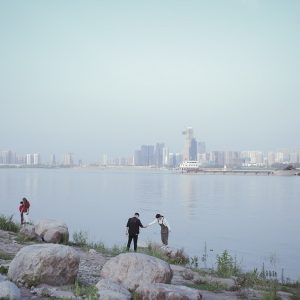
Team Assistant Rowan Pritchard curates latest on-campus exhibition 'Visibilities' coming soon. Save the date: exhibition launch 25th May.

The University of Salford is deeply saddened to hear of the passing of Salford artist, Harold Riley, on 18th April 2023 at the age of 88.